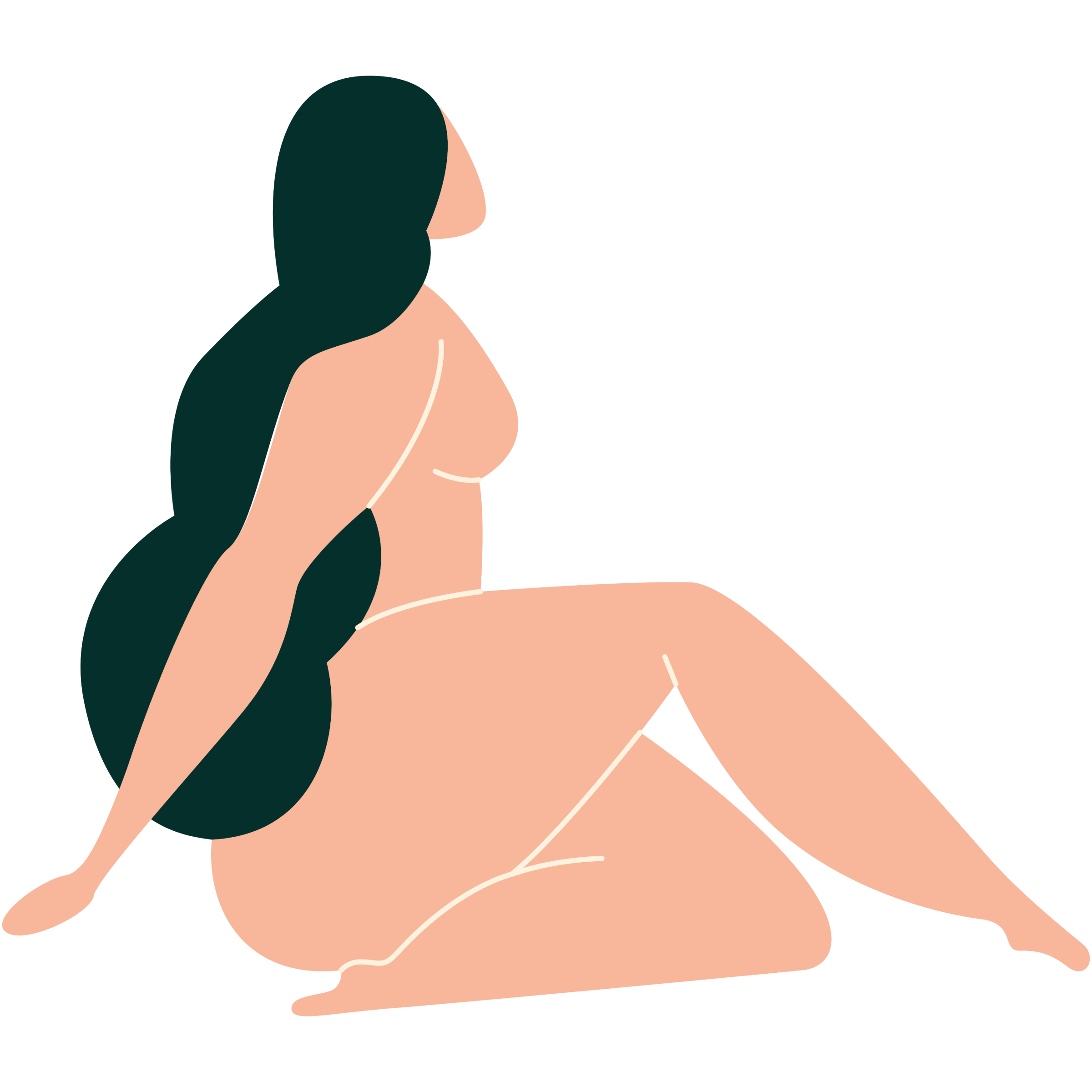
Body
Get to know your body through a better understanding of your anatomy and find the answers to some of your most common questions.

We've all heard about the big O, that magical, mind-blowing moment that transforms characters in books and movies, leaving them utterly speechless. These scenes have left us all with a certain expectation of what an orgasm should look and feel like, but how true is that? And how can you tell if you're actually experiencing one? Let's explore the physical and emotional signs of climax together.
To learn more about how an orgasm happens in your body, explore this resource.
As you approach climax, one of the first signs you might notice is the building of tension within your body. You’ll typically feel your muscles tighten, particularly in the lower abdomen and pelvic areas. This build-up heightens your physical sensations.
The anticipation of what’s to come can be almost as exhilarating as the climax itself, so take your time to enjoy it without rushing to the finish line. Some women like to experiment with edging at this point, which is a technique that involves bringing yourself close to the brink of orgasm and then deliberately backing off to extend the duration of arousal and intensify the pleasure of orgasm. If you feel like giving edging a try, here’s all you need to know.
Your muscles, especially those in the pelvic area, might involuntarily contract during an orgasm. These contractions are rhythmic and can occur several times. They're one of the most recognizable physical signs of an orgasm and serve as a physiological response to peak sexual pleasure.
Women often describe it as a pulsing sensation followed by a feeling of release. Sometimes, the pulsing will continue for a few seconds after the release.
As you approach and reach orgasm, your breathing tends to quicken. This increase in breathing rate is a natural response to heightened arousal and excitement.
Some women say it feels almost as if they had just been running.
Visible red spots on your skin, especially around the chest and neck, can appear during an orgasm due to the increased blood flow. This is another physical indicator of the intense activity occurring within your body. This is similar to how your cheeks redden when you feel shy, and it typically fades within minutes.
During and leading up to an orgasm, your body's sensitivity increases significantly. This heightened sensitivity enhances the overall experience and makes sex more pleasurable.
After an orgasm, some women find that their vulva or clitoris becomes extremely sensitive, often to the point where they need to avoid any further touch for a period of time.
During orgasm, some women might release a small amount of white, milky fluid, while others may experience what's known as squirting, which involves releasing clear, odorless fluid.
If you want to explore more about squirting and find answers to common questions, our detailed guide provides all the information you need.
After an orgasm, your brain releases oxytocin and serotonin, leading to a profound sense of relaxation and contentment, both physically and emotionally.
It’s common to feel so relaxed that you may even become sleepy. Let your body guide you into whatever form of rest it seeks in the moment.
It’s important to remember that orgasms can feel very different for each woman, and even vary for the same woman under different circumstances. Factors like emotional state, physical health, and relationship dynamics can all influence the experience. So, if your orgasm doesn’t match what you’ve heard or read about, don’t worry—focus on what feels pleasurable to you and the uniqueness of your experience.
If you’re reading this resource to try and figure out if your partner is having an orgasm, the best way is to ask her directly. Open communication can help both of you understand each other's experiences better and improve your intimacy.
Did you find the answer you were looking for? Is there something we missed? What did you think of this resource? We want to hear from you.
